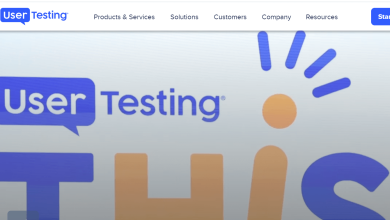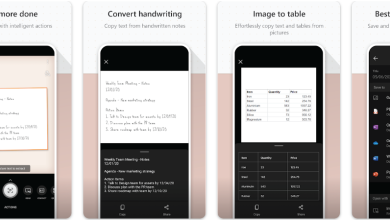CRM Implementation process: main stages and benefits

CRM implementation is the most challenging task faces by modern businesses. Through the implementation of CRM, the organization provides the information they need at the right time. The implementation process starts with enough planning is the most challenging part of the organization. Every organization had different ways of implementation of CRM do it becomes difficult to face all these challenges. The method to run the implementation successfully is first to practice the tested principles. It should help you from any problem and difficulty if followed along with the comprehensive guide to successful implementation. CRM implementation must be applied step by step.
Bringing together all the team for CRM implementation, creating some changes in the management plan, forecasting a budget for CRM implementation, migrating data to new systems, make a planned strategy to make everything live at last evaluate your success for the project.
A team includes the primary members for implementation:
Manager: who controls all the planning
Analyst: migrate and cleans the data for the proper purpose
A Developer: customize the systems
Test Engineer: look after all the testing efforts
Initial Representatives: leads the grouping
Stages
Each member of a team has a strategic role in the CRM platform implementation project. Data analysis and all the information regarding customers are secured. It results in more work within a short time and less time wasted, and gave more convenience to the customers by cloud who helps the customer in question. You will never lead to success through miscalculated data, but through CRM, store information that improves your data analysis. Through CRM, you can also have check and balance and see the purchases and conversational history of customers from when they interacted with the sales. With this information, managers don’t need to ask a bundle of questions to resolve the issues promptly. Likewise, the sales team get benefited from sharing CRM with support and integration.
The cycle involves customer services, marketing, and sales, starting with the outreach of customer loyalty. The first step is to understand the sales and customer loyalty in the customer lifecycle. The stages we are discussing here in the CRM cycle are:
Outreach of a customer
Acquisition and retention of a customer
Customer loyalty
Conversion
Commitment, Performance, and Satisfaction based
Benefits
CRM is such a blessing for those who work with this platform, and it’s hard to imagine a world without CRM. People love the environment of an organization with CRM software offers and enjoy managing customer relationships with notes, data, metrics, and many more things in one place. It helps the companies target different audiences, and on an individual basis, it leads to maintaining relationships with customers and checking out the activities from time to time. It is also used across the departments to ensure that all customers are facing incredible Performance and experience.
CRM benefits the companies in various ways, sometimes at the department level and on an industry level. Such benefits that affect every user are:
Enterprising services
Reliable reporting
Enhanced automation
Efficient collaboration
High quality of visual showcase data
Messaging with automation




